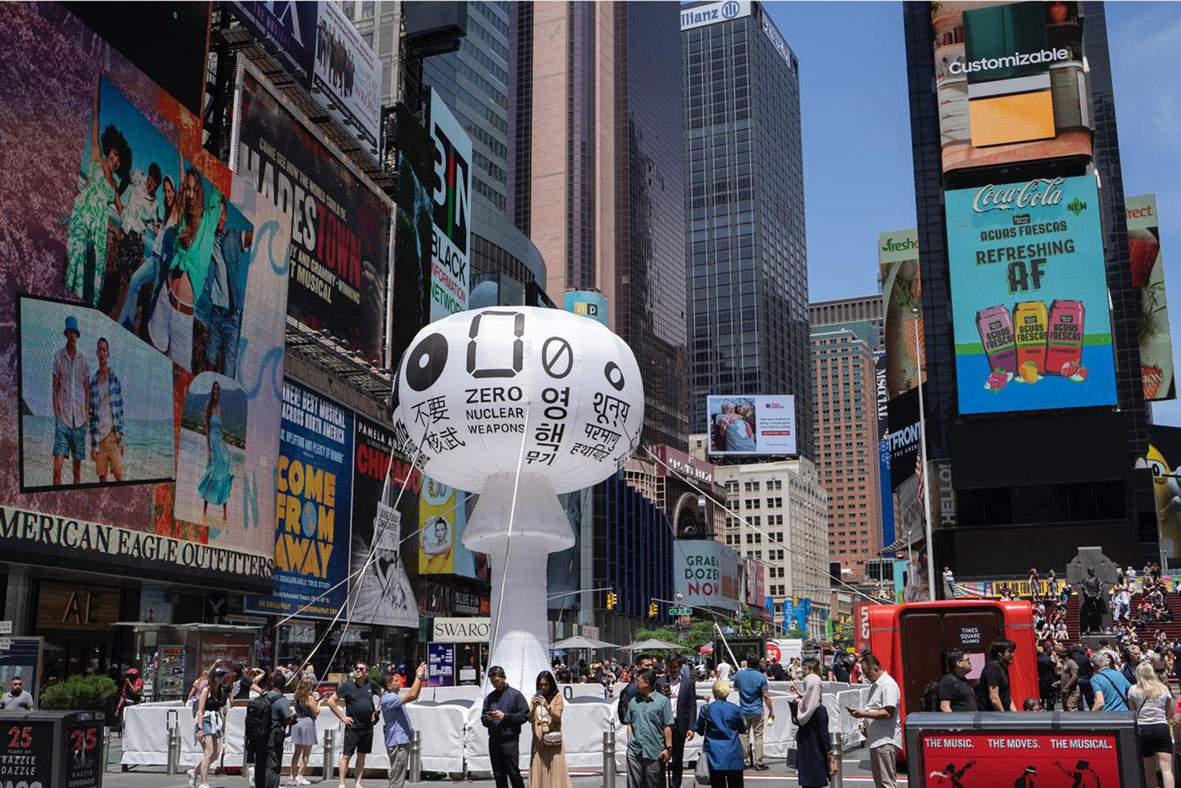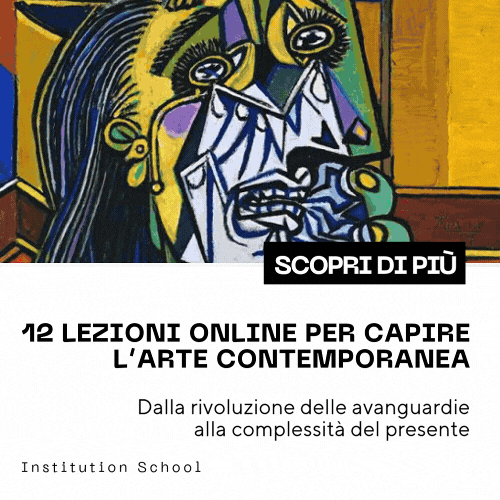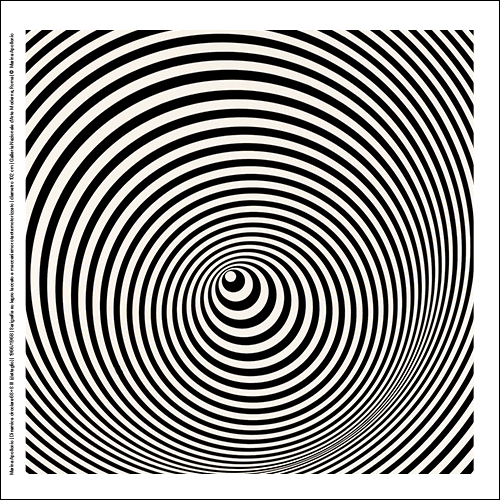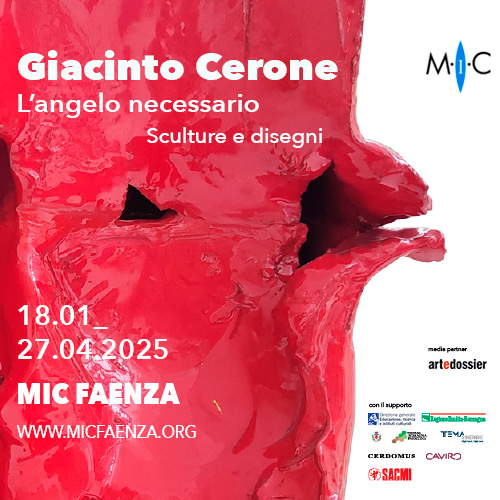Zero Nuclear Weapons. In Sardinia, Pedro Reyes' exhibition for disarmament.
The Nivola Museum in Orani (Nuoro) presents, from September 24, 2022 to February 22, 2023, the first exhibition in an Italian museum by Mexican artist Pedro Reyes (Mexico City, 1972), entitled Zero Nuclear Weapons. The exhibition presents developments in the Zero Nukes campaign, launched by the artist in collaboration with numerous institutions and figures in the art and science worlds to bring the nuclear threat to the public’s attention and pressure governments to reduce production and disarm.
Zero Nukes (2020) is an inflatable sculpture created as part of the Amnesia Atómica project, sponsored by the Bulletin of the Atomic Scientists, a nonprofit association created more than 70 years ago, in the aftermath of the bombs on hiroshima and Nagasaki, to spread awareness regarding potentially lethal technologies for humanity. The fall of the Berlin Wall in 1989 was followed by decades of inattention and "collective amnesia." The nuclear threat, however, has never really disappeared, and with the Russian invasion of Ukraine it has returned to the center of global concerns. Reyes’ project harkens back, even iconographically, to the images and symbolism used in the twentieth century by activist groups and organizations committed to the issue of disarmament, such as precisely the Bulletin and the International Campaign to Abolish Nuclear Weapons (ICAN).
Reyes focuses on the “Zero” as a graphic, visual and conceptual element common to all languages, used as a symbol of global unity for the one universally shareable cause: preventing the destruction of life on earth, and is inspired by the design of the iconic Doomsday Clock of the Bulletin of the Atomic Scientists, created in 1947 by landscape artist Martyl Langsdorf (1917 - 2013), wife of physicist and founding member of the Bulletin Alexander Langsdorf. The clock has become a universally recognized indicator of the world’s vulnerability to catastrophe caused by nuclear weapons, climate change and disruptive technologies. On display it is displayed as a glowing sign and set at 100 seconds to midnight according to scientists’ calculations-the closest point to the apocalypse since its creation at the end of World War II.
The slogan “Zero Nuclear Weapons,” translated into a myriad of languages, is presented in hand-painted protest signs, blurring the line between art and activism. The reference is to the global protest against the arms race that began in 1958, which during 30 years of mass resistance, from the 1960s to the 1980s, pushed governments to drastically reduce nuclear arsenals.
The exhibition includes protest garments produced by Mexican designer Carla Fernández, previously used in a performance by the dance company Nohboards, an element that reaffirms the collaborative effort for global disarmament. The popular movement is also remembered through a photographic mural created in collaboration with the Campaign for Nuclear Disarmament (CND) using archival images related to that global mobilization. Recurring in the signs is the peace symbol, now used in every pacifist context, but originally conceived as a symbol of opposition to nuclear weapons. It was in fact created by designer and activist Gerald Holtom in 1958, reworking semaphore language to indicate the letters D and N: nuclear disarmament. The symbol also appears on Stockpile, a sculpture composed of signed and numbered missile-shaped balloons that refer to the world’s 12,705 existing nuclear warheads. A certain number of limited-edition balloons will be given to the public in exchange for a social media post, inviting the public to symbolically dismantle the global nuclear stockpile while fueling attention to nuclear threats.
Reyes is also inspired by the symbol of the dove, which is biblical in origin (the dove returning to Noah’s ark after the Flood, carrying an olive branch, a sign of the presence of firm earth and renewed peace between God and Humans) but has become a secular and universal emblem over the centuries.
In particular, Reyes relates to Costantino Nivola’s sculpture Man of Peace(Hombre de Paz), created by the Sardinian artist in 1968 for the Ruta de l’Amistad, a monumental complex comprising 19 sculptures by international artists called to collaborate on the occasion of the Mexico City Olympics. Placed a short distance from Gonzalo Fonseca’s Torres de los Vientos, built on the same occasion and transformed by Reyes into an independent art space from 1996 to 2002, Nivola’s sculpture has been an important presence over the years both conceptually and stylistically. The spirit of theMan of Peace, with his arm raised “in an act of protest and warning against the wickedness of warlike governments,” as Nivola wrote, lives again in a large wooden sculpture with androgynous forms that raises to the sky a hand-colomba made by Reyes, a tribute to Nivola as well as to those artists, from Picasso to Le Corbusier to Niemeyer, who have measured themselves against this symbol as simple as it is powerful.
In Orani’s old washhouse, now home to the temporary exhibitions of the Nivola Museum, the atomic mushroom and the dove-hand are contrasted as symbols of humanity’s fears and hopes.
Completing the project is a series of posters from Artists Against the Bomb, a global campaign for the promoted by Reyes and still running. Inside the museum and on the streets of Orani it will be possible to see prints by Harrell Fletcher, Tsubasa Kato, Santiago Sierra, Mónica de la Torre and Monica Bonvicini, works that reflect on our renewed collective fear and document the creative community’s contribution to nuclear disarmament.
Pedro Reyes
Pedro Reyes (Mexico City, 1972) lives and works in Mexico City. He has established himself internationally with his large-scale projects that address social and political issues through different media such as sculpture, performance, video, and activism. Reyes explores, often in collaboration with associations and institutions, ways in which change can be encouraged through communication, creativity, happiness and humor. In recent years Reyes has turned to sculpture, with works in volcanic stone, marble, bronze and steel that look to modernism and ancient South American cultures in a variety ranging from the intimate to the monumental, the ancient to the modern, the sacred to the functional. He has had solo exhibitions at MARTa Herford, Herford, Germany (2022); Museum of Contemporary Art of Monterrey, Monterrey, Mexico (2022); Museum Tinguely, Basel, Switzerland (2020); SCAD, Georgia, USA (2019); Creative Time, New York, USA (2016); Dallas Contemporary, TX, USA (2016); La Tallera, Cuernavaca, Mexico (2016); Hammer Museum, Los Angeles, CA, USA (2015); ICA, Miami, FL, USA (2014); The Power Plant, Toronto, Canada (2014); Walker Art Center, Minneapolis, MN, USA (2011); Guggenheim Museum, New York, NY, USA (2011); CCA Kitakyushu, Japan (2009); Bass Museum, Miami, FL, USA (2008;) and San Francisco Art Institute, CA, USA (2008). He has also participated in numerous group exhibitions including Beijing Biennale, China (2014); dOCUMENTA (13), Kassel, Germany (2012); Liverpool Biennial, UK (2012); Gwangju Biennial, South Korea (2012); Lyon Biennale, France (2009); and the 50th Venice Biennale (2003). In 2016 he was the first Dasha Zhukova Distinguished Visiting Artist at the Center for Art, Science & Technology (CAST) at the Massachusetts Institute of Technology in Cambridge, Massachusetts.
 |
| Zero Nuclear Weapons. In Sardinia, Pedro Reyes' exhibition for disarmament. |
Warning: the translation into English of the original Italian article was created using automatic tools. We undertake to review all articles, but we do not guarantee the total absence of inaccuracies in the translation due to the program. You can find the original by clicking on the ITA button. If you find any mistake,please contact us.





























